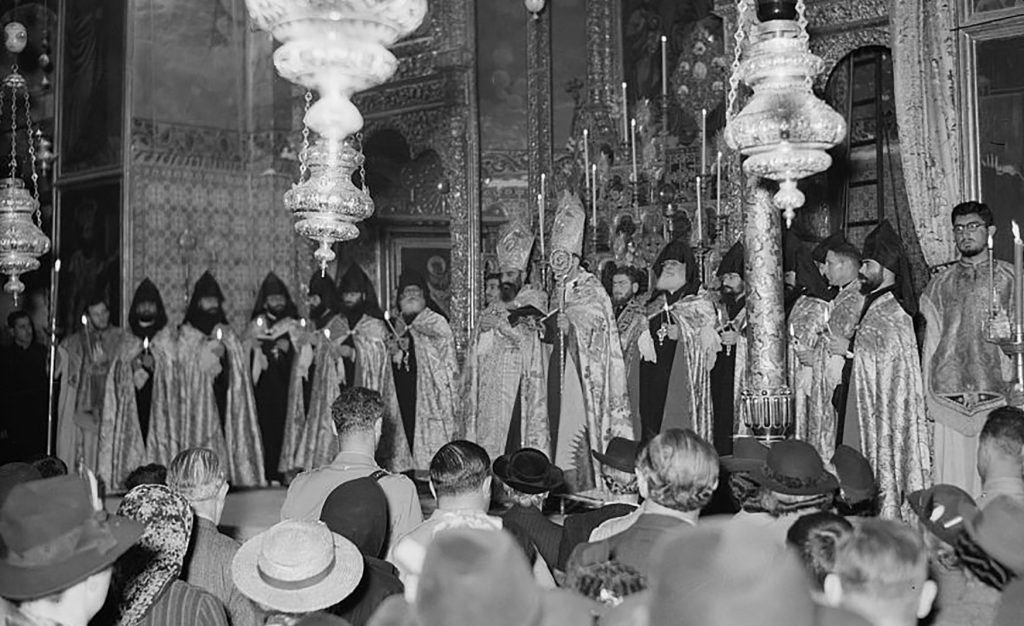
Armenian Easter service in the Church of St. James, 1941. Via Wikimedia Commons.
By Ara Daglian
The city of Jerusalem is a hotly contested space at the core of the Israeli-Palestinian conflict. But Jerusalem also holds deep significance for another group: Armenians. Despite boasting a 1,700-year history in Jerusalem, the voices of the Armenian community have become lost amidst the Israeli-Palestinian dichotomy.
Today, Armenians in Jerusalem struggle in a state of legal limbo, considered by the Israeli government to be “permanent residents” — the same status given to Palestinians — rather than citizens.
But I believe the history of Armenians in Jerusalem can help us to think of the city beyond the Israeli-Palestinian conflict.
The history of Armenians in Jerusalem
The Armenian Quarter, one of the four quarters of the Old City in Jerusalem, holds a great deal of meaning to Armenian Christians. Motivated by the religious significance of the city to Christianity, Armenians first arrived in Jerusalem in the 4th century CE and are thought to be the oldest surviving Armenian diaspora outside of the Republic of Armenia. Until the early 20th century, this Armenian population remained small and stable. According to the Ottoman Census, between 2,000 and 3,000 Armenians lived in Palestine prior to World War I, mostly located in Jerusalem.
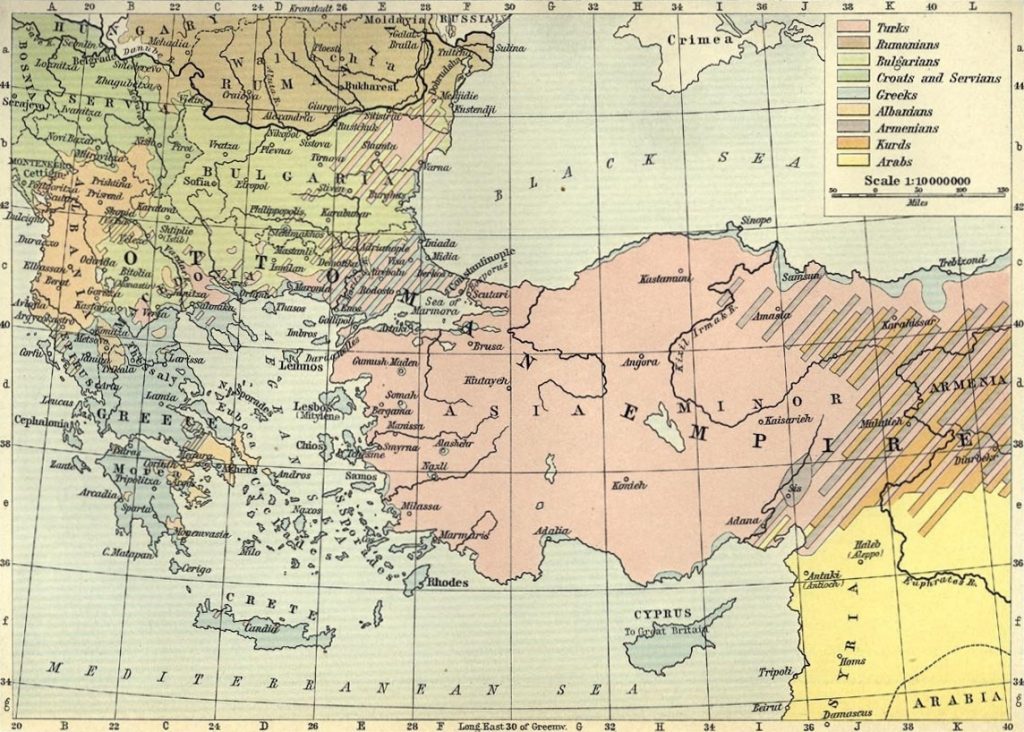
The region of Anatolia (here labeled “Asia Minor”) in 1905-6, when this area was controlled by the Ottoman Empire. Ethnic group distributions are labeled. From The Historical Atlas, 1911. Via Wikimedia Commons.
Between 1915 and 1920, however, the local population exploded as thousands of Armenians seeking refuge from the Armenian genocide — the mass murder and deportation of ethnic Armenians in the region of Anatolia (modern-day Turkey) carried out by Ottoman forces — fled to Palestine. It’s hard to get an accurate number, but British Mandatory sources such as the census estimate that some 10,000 Armenian refugees arrived in Palestine during this period, with most settling in Jerusalem.
Feeding, housing, and administering medical care to the refugees fell to the Armenian Patriarchate, the ruling religious authority located in the Cathedral of St. James in Jerusalem and the de facto administrator of the quarter.
As the refugee situation in Jerusalem stabilized, both the locals, known in the local Armenian dialect as kaghakatsi (“city-dwellers”), and the refugees, or zuwwar (“visitors”), believed the refugees’ stay was to be temporary. The collapse of the Ottoman Empire and the rise of the nascent League of Nations fueled hopes for an independent Armenian state stretching from eastern Anatolia to the Caucasus Mountains. However, by 1923, the Turkish War of Independence claimed large swathes of this territory, extending refugees’ state of purgatory.
Armenian life in Jerusalem, 1923-World War II
The locals and the refugees adapted to the changing situation. Prior to World War I, the Jerusalem Patriarchate relied primarily on pilgrims for revenue. Dwindling pilgrimages didn’t recover following the war, leaving the Cathedral to seek support elsewhere. New investments from the Armenian diaspora funded the Patriarchate’s ventures, with the grandest of these endeavors being the Gulbenkian Library. Opened in 1932, the library grew to house and preserve a massive collection of Armenian art and literature that may have otherwise been lost.
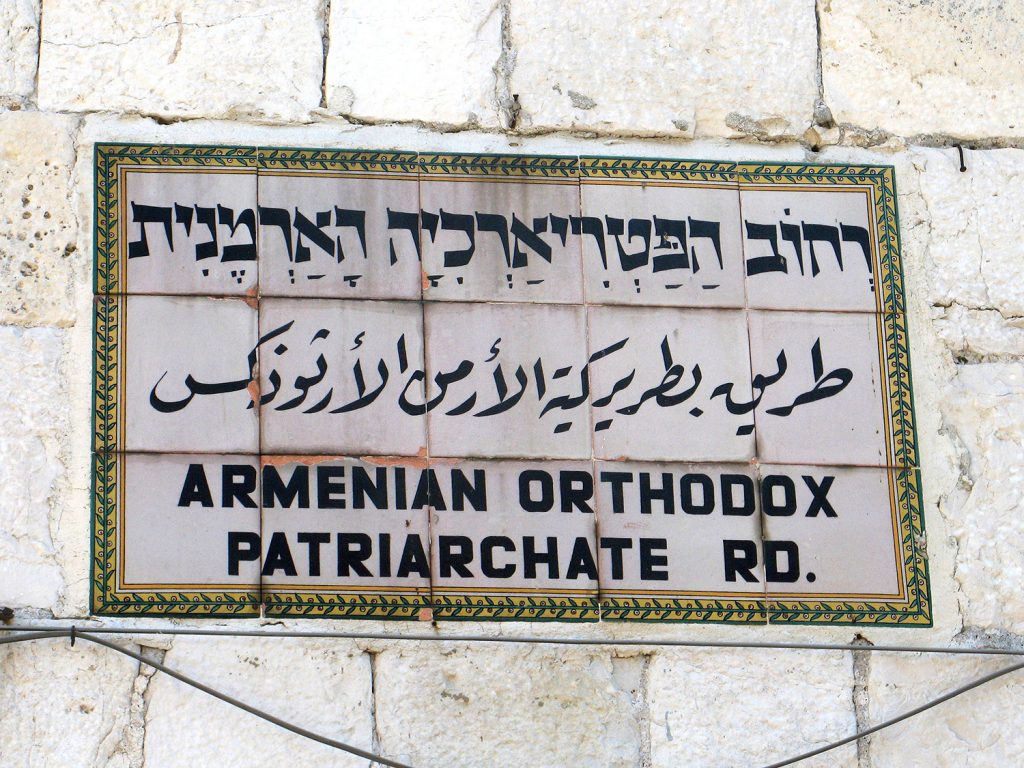
Street sign in the Armenian Quarter of Jerusalem. Via Wikimedia Commons.
The printing press operated by the monastery located in St. James also propelled Jerusalem to become a center for Armenian knowledge in the Middle East. The Patriarchate placed great emphasis on education; in addition to regular periodicals, the monastery printed educational texts and science books in Armenian.
Refugees also brought valuable skills and trades with them. Armenian silversmiths, goldsmiths, shoemakers, tailors, ceramicists, and photographers set up shop in their new home, engaging in local commerce and integrating into the economy of Jerusalem. Newfound economic prosperity contributed to fundraising efforts that benefitted Armenians in Jerusalem and beyond.
According to historian Bedross Der Matosian, the expansion of middle-class Armenian families outside of the Old City’s Armenian Quarter, to newly constructed buildings in the “New City” of Jerusalem, gives an indication of a strong economy. This emergent Armenian middle class mingled with Jews, Muslims, and other Christians.
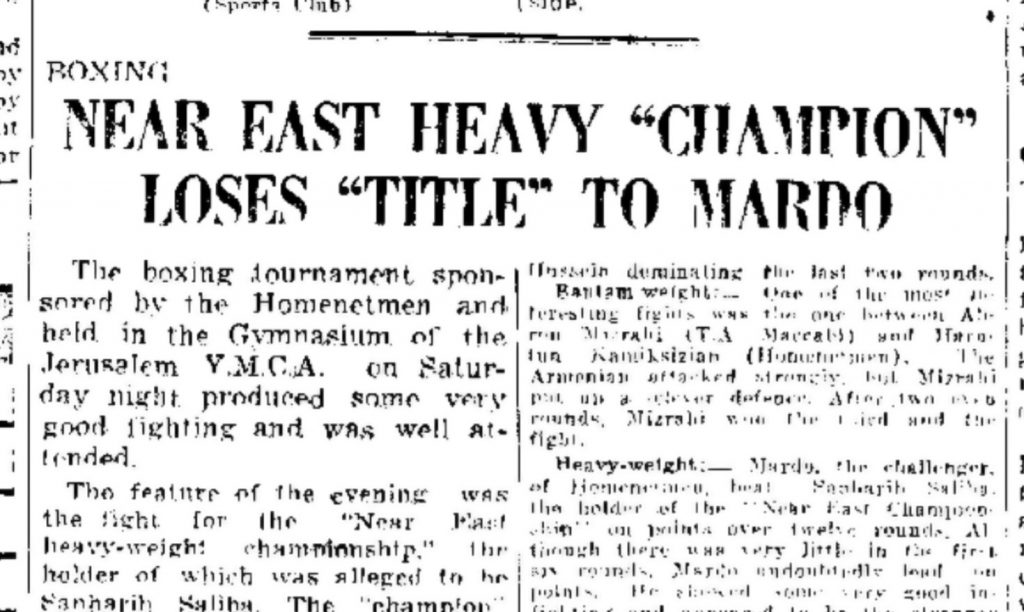
Article profiling Armenian boxer Mardo Gozukutchukian’s victory. The Palestine Post, 1941.
Beyond sports, Armenian culture and music attracted crowds, and attention from the local press in Palestine. Indeed, in the span of a few decades we can see a profound rejuvenation in Jerusalem’s Armenian community. The three pillars of the community — the cathedral, the local population, and the refugees — each contributed their unique strengths to an Armenian renaissance in Jerusalem.
Unfortunately, it wouldn’t last. In 1937, based on the recommendation of the British Peel Commission, the British Mandatory government considered partitioning the region of Palestine between Jewish and Arab control, and the political situation grew increasingly violent. Regardless, the Armenian community continued to prosper into the early 1940s. Armenians mixed and mingled with various groups in business, recreation, and other local matters. Armenians tried to walk a fine line to avoid the growing conflict between Arabs and Jews.
Post-World War II split between East and West Jerusalem
Ultimately, however, the conflict found the Armenian community. Tensions between Arabs and Jews increased after the Second World War. British control over Palestine seemed uncertain. When British soldiers withdrew from Palestine in 1947, fighting broke out across the country, and Armenians flocked to the Armenian Quarter of the Old City for refuge. Shelling and stray gunfire claimed the lives of thirty to forty Armenians during the conflict.
When the fighting subsided and the country of Jordan took over the governance of East Jerusalem and the Old City, the Armenians who had sought asylum in the Armenian Quarter were not able to return to the Israeli-occupied West Jerusalem due to restrictions on border crossing. With their homes and livelihoods out of reach, Armenians once again lost these necessities.
Many Armenians left Palestine altogether, but about 800 Armenians remained in Israeli-controlled Jaffa, Haifa and West Jerusalem. Cut off from the Armenian community in East Jerusalem until 1967, they could only visit St. James once a year, on Christmas. Those that stayed, and their descendants, continued to inhabit the Armenian Quarter of the Old City to the present.
Armenians in Jerusalem today
In the aftermath of the Armenian genocide, Jerusalem became a safe haven and new home for thousands of Armenians. But conflict related to the creation of the State of Israel once again uprooted thousands of lives. Today, many Armenians in Jerusalem and beyond want to see Jerusalem become an independent space where Jews, Christians, and Muslims can coexist on equal footing. In 2018, Aram I, the Catholicos of Cilicia and one of the most important Armenian religious figures, declared that “to facilitate the peace process, the question of Jerusalem be depoliticized and Jerusalem be declared ‘the capital’” of the Abrahamic religions.
While significant obstacles stand in the way of such an outcome, I hope the Armenian story in Jerusalem serves as a reminder that the city is, and has been, a home to many groups and peoples over time.
 Ara Daglian is a master’s student in the Middle East Studies program at the Henry M. Jackson School of International Studies at the University of Washington. Originally from Connecticut, he received his B.A. in history from Eastern Connecticut State University before coming to the University of Washington. He is the 2022-2023 Robinovich Family Fellow in Jewish Studies.
Ara Daglian is a master’s student in the Middle East Studies program at the Henry M. Jackson School of International Studies at the University of Washington. Originally from Connecticut, he received his B.A. in history from Eastern Connecticut State University before coming to the University of Washington. He is the 2022-2023 Robinovich Family Fellow in Jewish Studies.

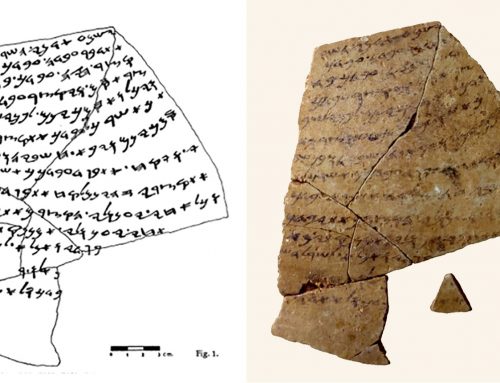
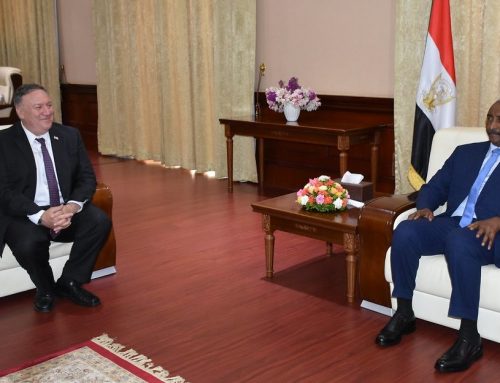

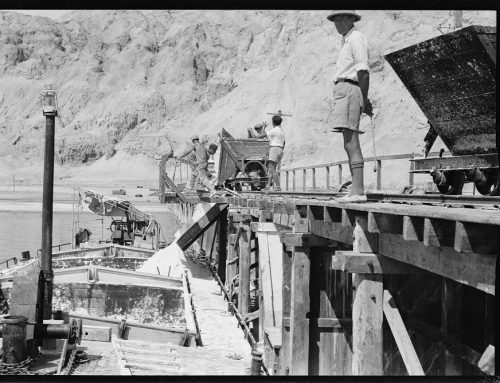
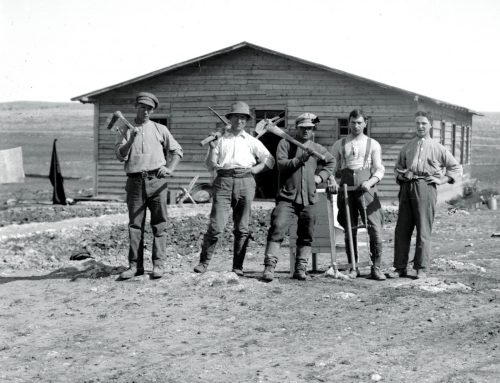
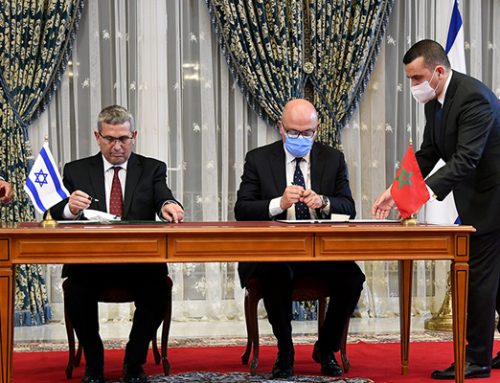
This long history has created an unique form of Armenian life and language. The Armenians in Jerusalem and the Holy Land assembles essays by the world’s . These elements also all appear on the façade and cloister of the Holy Sepulchre church.
I hope a few Jewish people will read this beautiful article about the history of Armenians in Jerusalem.